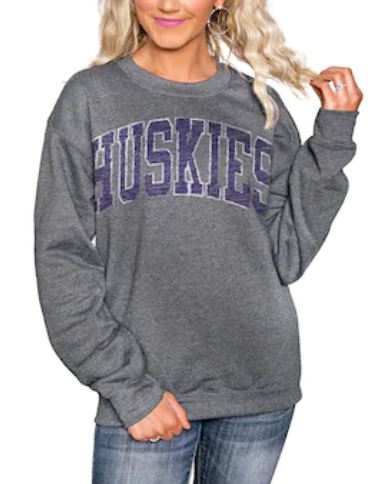
As the University of Washington transitions into the Big Ten Conference and prepares for a future of athlete revenue sharing, the school has secured a key financial pillar: a 12-year multimedia rights (MMR) deal with Learfield that will carry the program through the 2037 fiscal year.
While financial terms of the agreement were not disclosed, university officials confirmed it includes a guaranteed revenue structure with a new twist: for the first time, Washington will receive a share of gross revenue—income that previously went entirely to Learfield under the existing contract.
“This is a strategic move that gives us both stability and upside,” said UW athletic director Pat Chun. “It positions us to not only sustain but grow in the coming years as college athletics changes dramatically.”
A Changing Landscape in College Sports
The timing is no coincidence. With the House v. NCAA settlement expected to usher in student-athlete revenue sharing as soon as 2025-26—under a projected cap of $20.5 million per school—many athletic departments are reassessing how they generate revenue outside of traditional TV contracts.
Multimedia rights (MMR) deals, which govern things like sponsorships, radio rights, in-stadium signage, and promotional partnerships, have become increasingly valuable. And in that space, Washington is now playing in the big leagues.
How Washington’s Deal Compares
Washington’s previous deal with Learfield, worth $81.1 million over 12 years, provided about $6.7 million annually in guaranteed revenue. The updated contract retains that model while granting UW a cut of gross income—a move that mirrors what top-tier athletic programs have already secured.
Here’s how UW stacks up against other major programs:
| School | Annual MMR Revenue (Estimated) | Key Details |
|---|---|---|
| Texas | $15–20 million | Partnered with Learfield; includes extensive branding, sponsorships, and the Longhorn Network. |
| Ohio State | $10+ million | Also with Learfield; benefits from one of the largest alumni networks in the country. |
| Alabama | $9–10 million | High sponsorship demand due to consistent football success. |
| Oregon | $6–8 million | Similar to Washington; Nike influence adds value. |
| Washington | ~$6.7 million (previous deal) | New deal includes gross revenue share and NIL-related tech support. |
| Boise State | $3–4 million | Smaller market but benefits from strong regional brand. |
“Washington’s move aligns it more closely with Big Ten and SEC programs in terms of deal structure,” said a collegiate sports marketing analyst familiar with the negotiations. “It’s not just about the base revenue anymore. Schools are now negotiating data access, NIL support, and new sponsorship activation capabilities.”
Preparing for the Future
The new agreement also grants Washington access to Learfield’s Name, Image, and Likeness (NIL) infrastructure and technology tools—a forward-thinking addition as universities adapt to the evolving needs of student-athletes.
Deputy athletic director Erin O’Connell previously described UW’s prior deal as “old and antiquated,” and said the athletic department had thoroughly explored the open market before recommitting to Learfield.
“This was a competitive process,” she said. “We wanted to modernize our revenue approach, and we believe this agreement does exactly that.”
What’s Next for Washington?
With the new MMR deal in place, Washington is now turning its attention to other key income sources—most notably naming rights. Current deals for Husky Stadium and Alaska Airlines Arena are set to expire in 2026, providing another opportunity for the school to unlock revenue.
In the meantime, this long-term Learfield agreement gives Washington something increasingly rare in college athletics: financial clarity. And as the Huskies face growing financial obligations, including their move to the Big Ten and the likely introduction of athlete compensation, that clarity could make all the difference.




